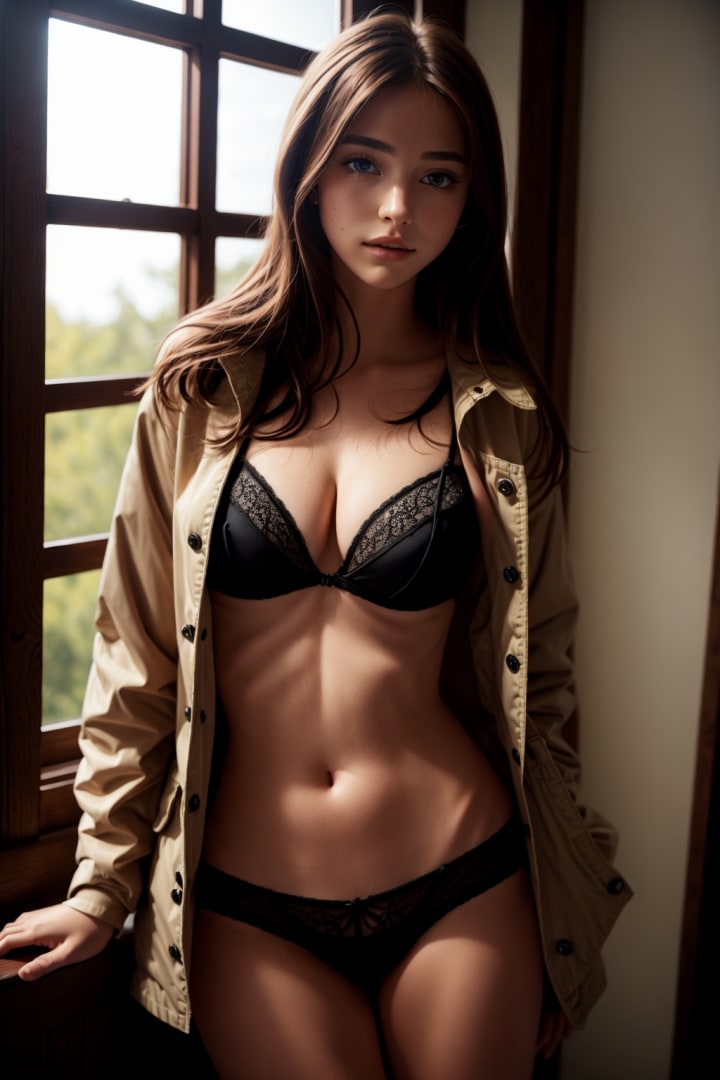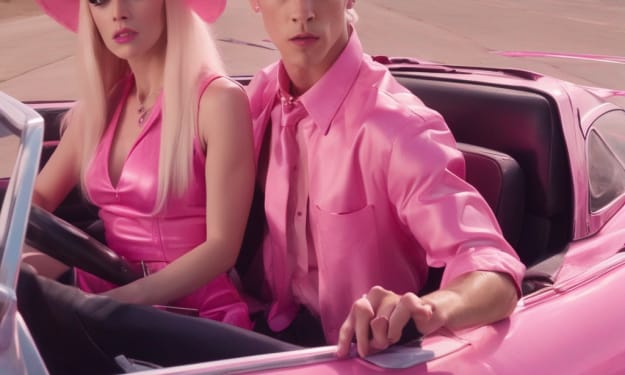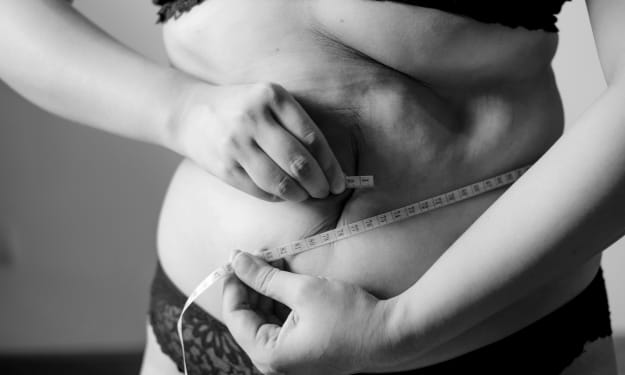Why are women valued first for their looks and second for their abilities?
The impact of media on beauty standards for women

In a world where women have made significant strides towards gender equality, it is disheartening to acknowledge that they are still often valued first for their looks and second for their abilities. It raises the critical question: why does society continue to prioritize physical appearance over the talents, skills, and achievements that women bring to the table? This societal bias not only perpetuates harmful stereotypes but also undermines the progress towards true gender equality. By examining the underlying factors that contribute to this phenomenon, we can shed light on the complex dynamics at play and work towards dismantling the notion that a woman's worth is solely determined by her appearance. Join us as we explore the multifaceted reasons behind this issue and strive for a future where women are valued and celebrated for their abilities above all else.

The historical context of women being valued for their looks
Throughout history, women have been objectified and valued primarily for their looks. This can be traced back to ancient civilizations where beauty was considered a symbol of power and status. In Greek mythology, for example, goddesses were often depicted as beautiful, while mortal women were judged based on their physical appearance. This mindset perpetuated the idea that a woman's worth lies in her looks rather than her abilities.
During the Renaissance period, women were often portrayed in art as objects of desire, reinforcing the notion that their value lies in their physical attractiveness. This trend continued into the Victorian era, where women were expected to conform to strict beauty standards set by society. These historical precedents have had a lasting impact on the way women are perceived and valued in modern society.
The impact of media on beauty standards for women
In today's society, the media plays a significant role in shaping beauty standards for women. From glossy magazines to social media platforms, women are bombarded with images and messages that reinforce the idea that their worth is tied to their appearance. Advertisements, in particular, often depict women as flawless and physically perfect, setting unrealistic expectations and creating a culture of self-doubt and insecurity.
The media's portrayal of beauty is often narrow and exclusionary, favoring certain body types, skin tones, and features. This perpetuates the belief that women who do not fit these narrow standards are somehow less valuable or attractive. The constant exposure to these unattainable ideals can lead to negative self-image, low self-esteem, and a distorted perception of one's own worth.
The perpetuation of gender stereotypes in advertising and entertainment
Advertising and entertainment industries also contribute to the devaluation of women's abilities by perpetuating gender stereotypes. Women are often portrayed as objects of desire or as accessories to men, reinforcing traditional gender roles and limiting their representation in positions of power and authority. This reinforces the idea that women's primary role is to be visually appealing rather than intellectually capable or professionally accomplished.
Moreover, the limited representation of women in the media further reinforces the idea that their abilities are secondary to their looks. When women are portrayed, they are often confined to stereotypical roles such as the love interest, the damsel in distress, or the sidekick. This lack of diverse and nuanced representation hinders the recognition and celebration of women's abilities, further perpetuating the cycle of valuing women primarily for their looks.
The consequences of valuing women primarily for their looks
The consequences of valuing women primarily for their looks are far-reaching and detrimental to both individuals and society as a whole. When women are constantly judged based on their appearance, it undermines their self-confidence and diminishes their sense of self-worth. This can lead to a range of mental health issues, including anxiety, depression, and eating disorders, as women strive to meet society's unrealistic beauty standards.
Furthermore, valuing women primarily for their looks discourages them from pursuing their passions and goals. When society places more importance on how women look rather than what they can achieve, it sends the message that their abilities are secondary. This can result in women being overlooked for opportunities, promotions, and leadership positions, further perpetuating gender inequality in various spheres of life.

The importance of recognizing and valuing women for their abilities
To achieve true gender equality, it is crucial to recognize and value women for their abilities above all else. By shifting the focus from looks to achievements, society can create an environment where women are empowered to pursue their passions and reach their full potential. Recognizing and celebrating women's abilities not only promotes equality but also benefits society as a whole by harnessing the diverse talents and perspectives that women bring to the table.
It is important to challenge the societal norms that prioritize physical appearance over abilities. This can be achieved by promoting inclusive beauty standards that embrace diversity and reject narrow definitions of beauty. By encouraging media outlets to feature a wider range of body types, skin tones, and ages, we can begin to challenge the existing beauty-centric norms and shift towards a more inclusive and empowering narrative.
Promoting gender equality and challenging societal norms
Promoting gender equality requires a collective effort to challenge societal norms and dismantle the biases that perpetuate the devaluation of women's abilities. Education plays a critical role in this process, as it empowers individuals to recognize and challenge gender stereotypes from an early age. By incorporating gender equality into school curriculums and promoting inclusive education, we can raise a generation that values women for their abilities and treats them as equals.
In addition to education, it is essential to empower women to challenge societal norms and advocate for their rights. Women's empowerment initiatives, mentorship programs, and support networks can provide women with the tools and resources they need to overcome the barriers imposed by beauty-centric norms. By creating spaces where women can thrive and be recognized for their abilities, we can inspire a new generation of female leaders and role models.
The role of education and empowerment in changing perceptions
Education and empowerment are instrumental in changing perceptions and challenging the societal bias that values women primarily for their looks. By educating individuals about the harmful effects of beauty-centric norms and promoting inclusive values, we can foster a culture that celebrates women for their abilities rather than their appearance.
Empowering women to embrace their abilities and pursue their passions is crucial in dismantling the notion that a woman's worth is solely determined by her looks. By providing women with equal opportunities, access to resources, and support, we can create an environment where their abilities are recognized, valued, and celebrated.
Inspiring stories of women who have challenged beauty-centric norms
Despite the challenges and biases they face, numerous women have defied beauty-centric norms and achieved remarkable success based on their abilities. These inspiring stories serve as a reminder that a woman's worth should never be limited by her appearance.
One such example is Malala Yousafzai, a Pakistani activist for female education and the youngest Nobel Prize laureate. Malala's fight for girls' education and her unwavering commitment to empower women have made her a global symbol of courage and resilience. By defying societal expectations and pursuing her passion for education, she has become a beacon of hope for girls and women around the world.
Another example is Serena Williams, a tennis superstar who has shattered records and defied stereotypes throughout her career. Despite facing criticism and body shaming, Serena has consistently proven that her abilities on the court are what truly matter. Her remarkable achievements have not only redefined beauty standards in sports but also inspired countless women to embrace their strengths and pursue their dreams.
Conclusion: Embracing women for their abilities and breaking free from societal expectations
In conclusion, the prevailing societal bias that values women first for their looks and second for their abilities is a pervasive issue that hinders progress towards true gender equality. By understanding the historical context, recognizing the impact of media and advertising, and acknowledging the consequences of valuing women primarily for their looks, we can begin to challenge and dismantle these harmful norms.
Promoting gender equality requires a collective effort to recognize and value women for their abilities above all else. By promoting inclusive beauty standards, empowering women through education and support networks, and celebrating the achievements of women who have defied beauty-centric norms, we can create a future where women are valued and celebrated for their abilities above all else.
It is time to break free from societal expectations and embrace women for their abilities. Let us champion gender equality and work towards a future where women are recognized, valued, and celebrated for their talents, skills, and achievements. Together, we can create a world where a woman's worth is determined by her abilities, not her appearance.
About the Creator
Enjoyed the story? Support the Creator.
Subscribe for free to receive all their stories in your feed. You could also pledge your support or give them a one-off tip, letting them know you appreciate their work.






Comments
There are no comments for this story
Be the first to respond and start the conversation.